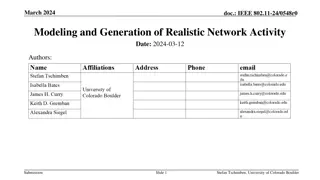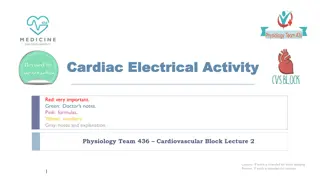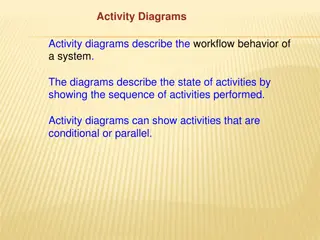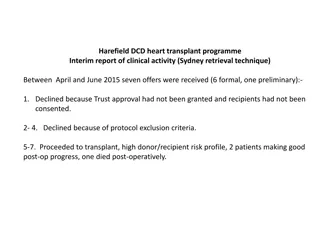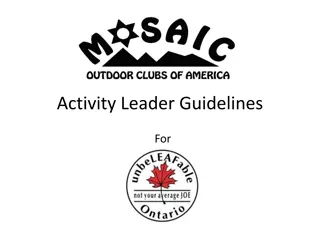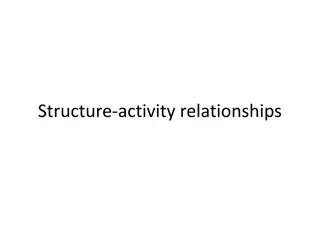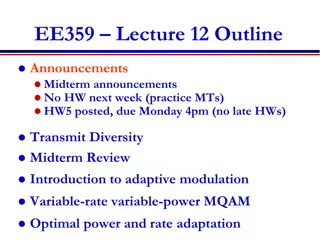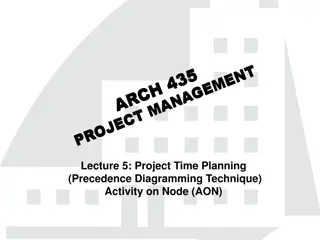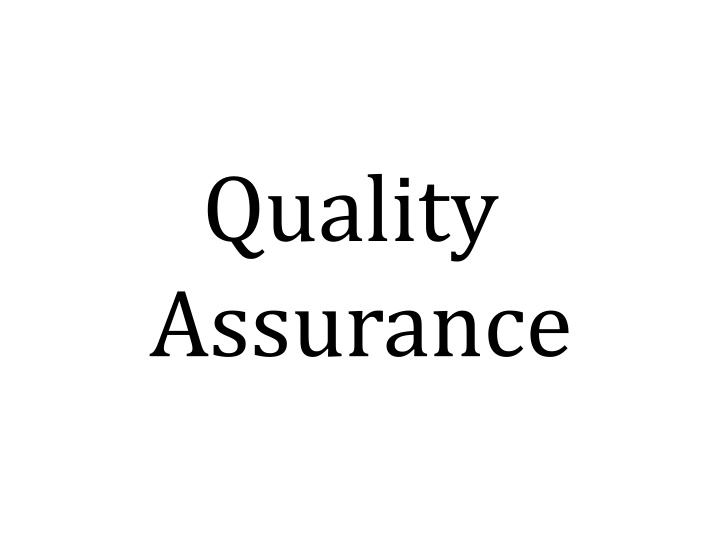
Comprehensive Guide to Quality Assurance in Testing Processes
Explore the essential phases and activities involved in quality assurance for testing processes, including pre-testing, testing, and post-testing. Learn about quality control measures, common errors, and examples to ensure accurate and reliable results. External quality assessment is also discussed as a means of evaluating testing site performance.
Download Presentation

Please find below an Image/Link to download the presentation.
The content on the website is provided AS IS for your information and personal use only. It may not be sold, licensed, or shared on other websites without obtaining consent from the author. If you encounter any issues during the download, it is possible that the publisher has removed the file from their server.
You are allowed to download the files provided on this website for personal or commercial use, subject to the condition that they are used lawfully. All files are the property of their respective owners.
The content on the website is provided AS IS for your information and personal use only. It may not be sold, licensed, or shared on other websites without obtaining consent from the author.
E N D
Presentation Transcript
Quality Assurance
Set of activities and procedures intended to minimize the risk of errors that can occur throughout the HIV testing process
Quality Control
Analyze known sample to determine if a test is valid
Pre-testing Testing Post-testing
Are 3 phases of testing. It starts from sample collection to reporting results to the clients
Post Testing Error
Examples include: Results recorded/reported when control results invalid Transcription error in reporting Report illegible Report sent to the wrong location Information system not maintained
Testing Error
Examples include: Incorrect specimen volume Incorrect sample collection device used Incorrect reagents used Incorrect timing of test
Pre-Testing Error
Examples include: Specimen/test device mislabeled or unlabeled Specimen stored inappropriately before testing Specimen transported inappropriately Test kits stored inappropriately
External Quality Assessment
Is routine review of a test site s operations and performance by an external institution or personnel
A team of supervisors assesses site and provides feedback report for improvement
Proficiency Testing
Testing of blinded or unknown samples received at regular interval by all testing providers
Random selection of a proportion of client samples collected by testing sites and sent to NRL for verification
Corrective actions
Are steps taken to correct a problem or deficiency Are steps to improve the accuracy of test result Are NOT disciplinary actions towards the provider
Is a dried tube specimen Is a type of specimen used for proficiency testing programs and as quality control sample Stable at room temperature
To add a certain number of PT buffer drops (i.e. 5 drops) to the green pellet
Stock Management
Ensures availability of test supplies and kits, when needed Avoids the use of expired kits Minimizes waste
Record Keeping
Ensures that all the information requested for each patient/client is recorded Ensures that the information is documented the same way every time
Set of precautions taken to protect you, the client and others against infection, accident or injury.
Is the acquisition of knowledge, skills and competencies. Has specific goals of improving ones capability and performance.
Quality Assurance Cycle
Allows to close the loop on each quality assurance activity. Includes the following steps: 1. Plan 2. Develop 3. Implement 4. Monitor 5. Corrective Actions 6. Improvement

